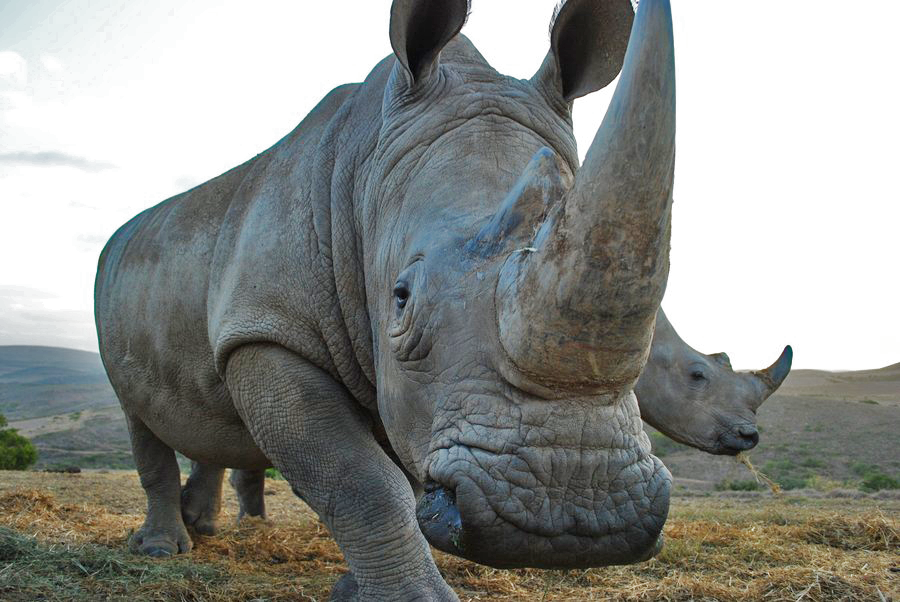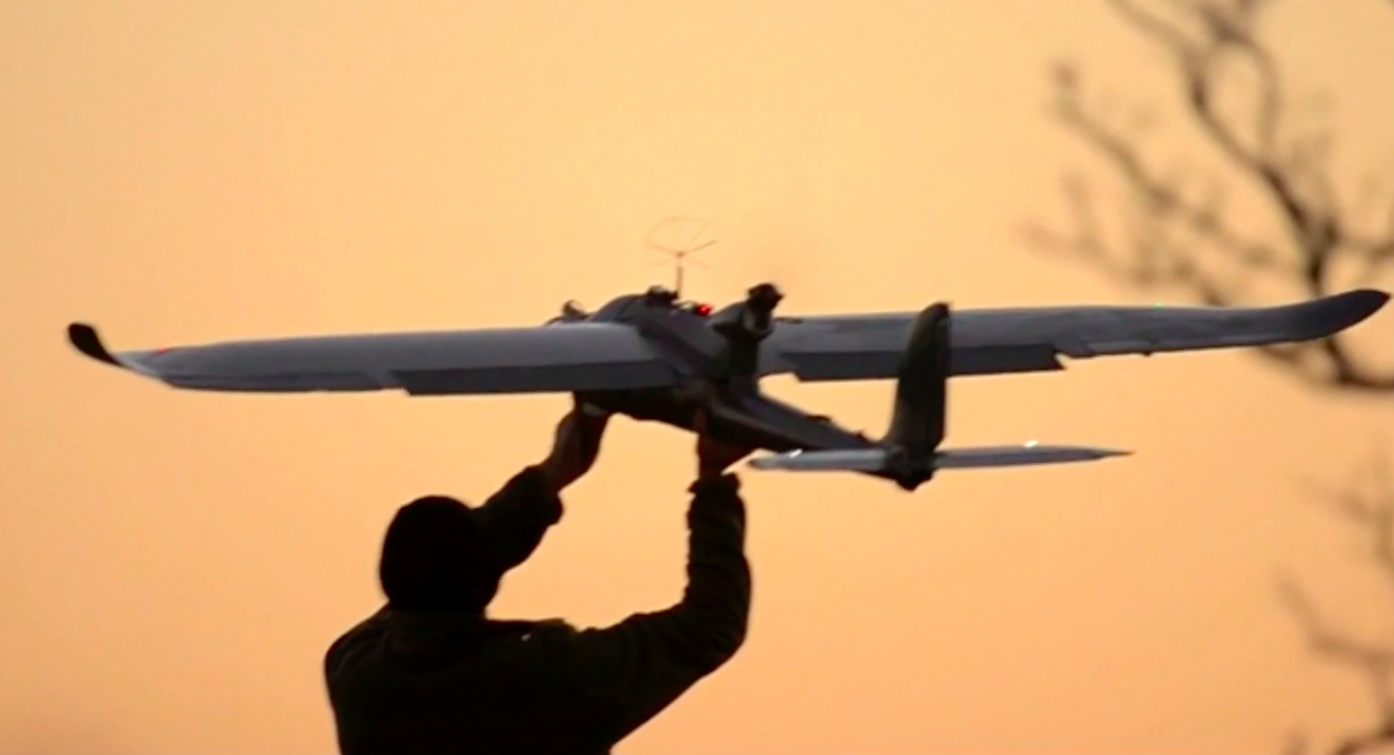
Microsoft and Amazon interested in investing in HERE

In August 2015 Audi, BMW and Daimler acquired HERE – Nokia’s mapping brand – for €2.8 billion ($3.1 billion) which was the biggest mapping deal since… well… since Nokia acquired HERE (formerly known as Navteq) for €5.7 billion ($8.1 billion) back in 2007.
The decrease in value might be really sticking but one must remember that in the same year Apple released the first iPhone with free of charge Google Maps app which totally changed the navigation industry. The acquisition of HERE by German car makers is also an indicator that things in the industry are about to change… and the change is related to driverless cars.
There are four components needed for a self-driving car to become a reality on roads around the world: hardware (cars with a lot of sensors), software (smart algorithms that will safely interpret signals from these sensors), legislation (laws which will allow the car to drive without a human driver), and… Maps which are needed for the car to know where to go and how to get there as car sensors are not enough to safely get you from A to B.
If fact without high-quality 3D maps there are no autonomous vehicles and the biggest car makers seems to understand it well. Last year we’ve seen Uber, Tesla and Toyota showing plans for their own mapping solutions. The idea is simple, each car collects huge amount data from GPS, cameras, lasers and other sensors. If properly used, this data could create a closed road change detection environment that would automatically update maps in a real-time. Where huge amount of data is collected (we talk about terabytes of date per car per year), efficient cloud computing and storage is needed. This why according to sourced related to Reuters both Microsoft and Amazon want to secure their interests and become the primary providers of cloud computing to HERE and possibly the automotive industry in general.
Meanwhile TomTom is also quietly building its own mapping solution for autonomous cars that already covers thousands of kilometres of roads in Germany and the US, Google is testing their own autonomous car and Apple seems to be joining the race as well… Interesting times…





 In March 2016 another
In March 2016 another